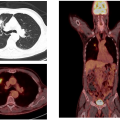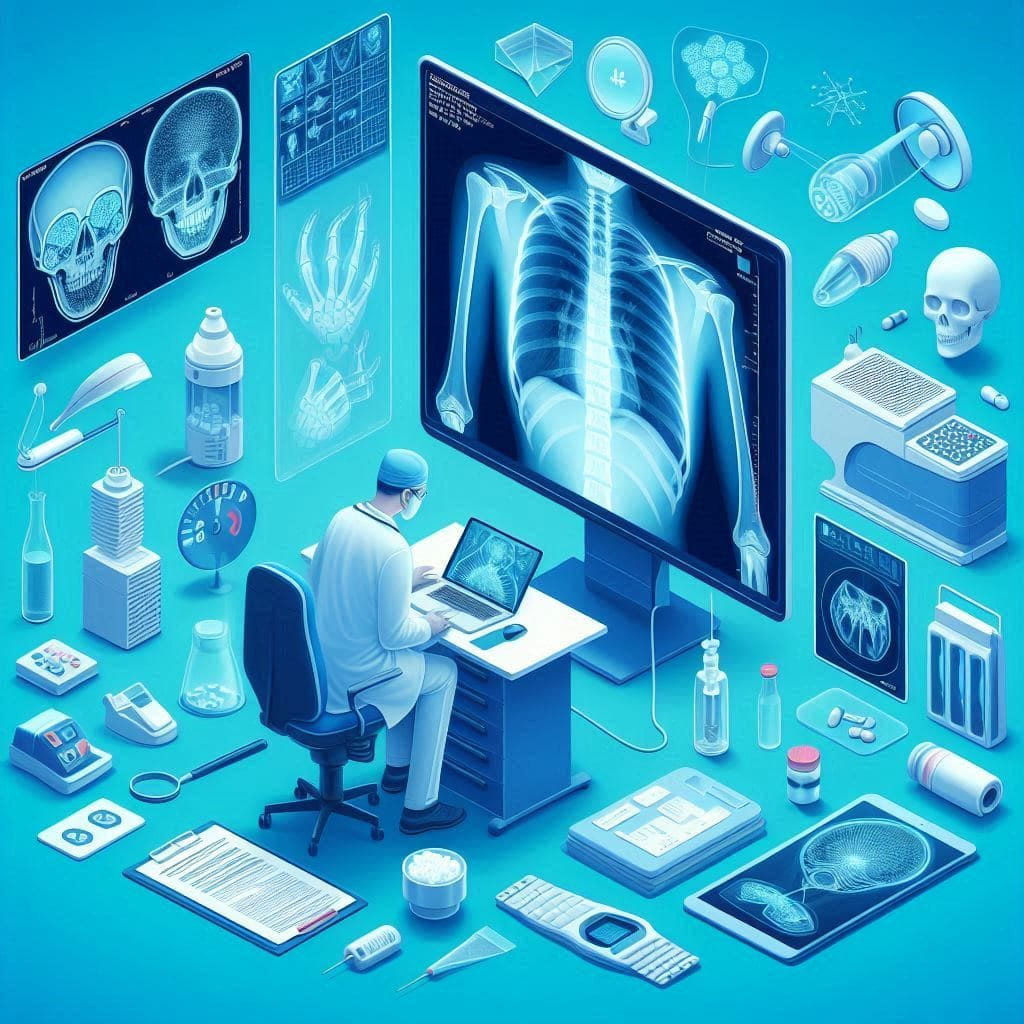
What is Positron Emission Tomography (PET Scan) and How Does it Work?
Definition of Positron Emission Tomography
Positron Emission Tomography (PET Scan) is an advanced type of medical imaging examination that helps doctors diagnose a wide range of medical conditions. This examination uses computed tomography (CT) in conjunction with radiotracers to provide an accurate and comprehensive picture of biological activity within the body. The scan works by injecting a radioactive substance that interacts with the body, allowing for the detection of early biological changes in tissues and organs.
Mechanism of Positron Emission Tomography
PET works on the principle of using radioactive isotopes that are injected into the patient’s body. These isotopes emit positrons, which interact with electrons in the body, resulting in the emission of gamma rays. These rays are captured by the positron camera and converted into three-dimensional images using advanced computer techniques. These images help doctors identify and understand areas experiencing abnormal activity, such as tumors or regions with poor blood flow.
Technical Details of the Scan
The process of a PET scan involves several steps, starting with the injection of the radioactive substance into the patient’s vein. A short waiting period allows the substance to spread throughout the body and reach the targeted areas. Next, the patient is placed on a scanning table and slowly moved through the device, which captures the images. The accuracy of the scan depends on the type of radioactive substance used and the efficiency of the device itself.
How Does PET Scan Differ from Other Scans?
Comparison Between PET Scan and X-Rays
Both PET and X-rays are used in medical imaging, but they differ in method and application. X-rays rely on electromagnetic radiation to capture images of physical structures inside the body, such as bones and organs. In contrast, PET focuses on imaging biological activity and vital functions, making it more effective in detecting early-stage diseases.
Comparison Between PET Scan and Magnetic Resonance Imaging (MRI)
MRI uses magnetic fields and radio waves to create detailed images of organs and tissues within the body. Although MRI provides high-resolution images of physical structures, it does not offer functional or biological information like PET. PET can detect precise functional and biological changes, such as cancer cell activity or blood flow to tissues, making it a valuable diagnostic tool.
Comparison Between PET Scan and Traditional CT Scan
Traditional CT scans provide detailed images of the body’s structures using X-rays, focusing on structural dimensions. PET combines the benefits of structural imaging from CT with biological information from radiotracers. This combination offers a comprehensive assessment of health conditions, enabling doctors to detect diseases and biological changes more accurately and quickly.
Advantages of PET Compared to Other Scans
One of the key advantages of PET is its ability to provide comprehensive information about biological activity and vital functions within the body. This information helps doctors diagnose diseases at early stages, allowing for timely and necessary treatment. Additionally, PET helps evaluate the effectiveness of treatments, enabling doctors to adjust therapeutic plans as needed.
When Does a Doctor Request a PET Scan?
Cancer Diagnosis
PET is an effective tool in diagnosing cancerous tumors and detecting the spread of cancer throughout the body. It can be used to determine the extent of the disease and assess the effectiveness of chemotherapy or radiation therapy. This scan helps doctors develop precise treatment plans and monitor the body’s response to treatment, increasing the chances of success in fighting cancer.
Heart Diseases
PET can help evaluate blood flow to the heart and diagnose other heart problems, such as blocked arteries or weakened heart muscles. By detecting areas with reduced blood flow, doctors can determine appropriate treatments and improve heart health. This scan can be part of a comprehensive follow-up program for patients with chronic heart conditions.
Neurological Disorders
PET is also used in diagnosing neurological disorders such as Alzheimer’s and Parkinson’s diseases. This scan can evaluate brain activity and detect biological changes associated with these diseases. It helps doctors provide early diagnoses and develop treatment plans that manage symptoms and improve the quality of life for patients.
Monitoring Chronic Conditions
PET can be part of a comprehensive follow-up program for patients with chronic conditions such as cancer or heart disease. By monitoring the progression of the disease and the body’s response to treatment, doctors can adjust therapeutic plans according to the detected biological changes. This scan can help achieve the best treatment outcomes and improve the quality of life for patients.
Accurate and Early Diagnosis
PET is an effective tool for the accurate and early diagnosis of diseases. By detecting biological changes at their earliest stages, doctors can provide necessary treatment before diseases progress to advanced stages. This type of early diagnosis can improve treatment outcomes and reduce long-term health risks.
Applications in Scientific Research
Besides medical uses, PET plays an important role in scientific research. It is used to study biological processes and pathological changes at the molecular and cellular levels. This type of scan helps researchers gain a deeper understanding of diseases and develop new, more effective treatments.
Evaluating New Drugs and Therapies
PET is used to evaluate the effectiveness of new drugs and therapies before they are marketed. By monitoring the treatment’s impact on cell and organ activity, researchers and doctors can determine the efficacy of drugs and adjust them for optimal therapeutic results.
General Health Benefits
Regular PET scans can contribute to disease prevention and identify factors that may lead to their development. By early detection and careful monitoring, doctors can provide personalized medical advice that helps patients maintain their health and improve their quality of life.
Conclusion
Positron Emission Tomography is an advanced diagnostic tool that helps in detecting a wide range of medical conditions accurately and effectively. Thanks to its ability to provide comprehensive structural and functional information, PET assists doctors in providing precise diagnoses and tailored treatment plans to improve patient health. At “Dokki Scan,” we are committed to providing the best medical imaging services to ensure the most accurate diagnoses and the best treatment outcomes. If you have concerning symptoms or need detailed follow-up for your health condition, do not hesitate to consult our specialized doctors for a PET scan and benefit from the significant advantages of this advanced examination.
By using the latest medical technologies and equipment, we guarantee you exceptional healthcare and accurate diagnoses that help you maintain your health and improve your quality of life. Do not hesitate to contact us to schedule an appointment and conduct the necessary examinations to ensure your health and safety.
Latest Blogs
- All Posts
- Blog











